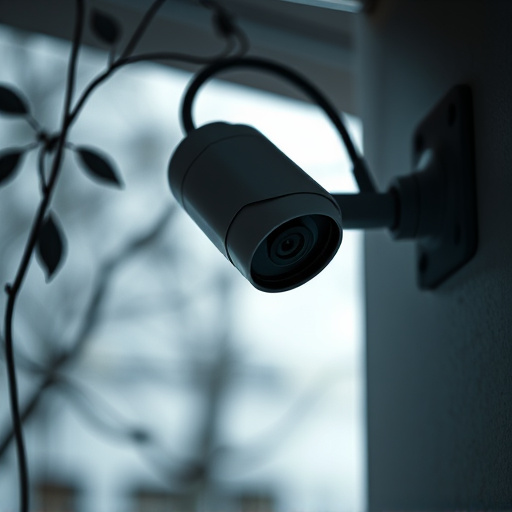Hidden security cameras, disguised as everyday objects like smoke detectors or light bulbs, offer enhanced privacy and security. These miniature wireless devices or high-def systems cater to diverse needs, ensuring discreet monitoring in various lighting conditions. Strategic placement by professional installers optimizes footage capture while maintaining invisibility. Understanding regional regulations regarding hidden surveillance is crucial to avoid legal issues. Effective deployment deters crime, aids in identifying perpetrators, and provides valuable evidence for insurance or legal proceedings.
“Unveiling the secrets behind hidden security cameras: a comprehensive guide. In today’s world, discretion is key for enhanced safety measures. We explore the fundamentals of these concealed devices, offering an insightful look at their diverse types. From covert surveillance to tactical applications, this article demystifies their installation, legal boundaries, and practical uses. Discover how these innovative tools can provide peace of mind while navigating potential risks.”
Understanding Hidden Security Cameras: The Basics and Types
Hidden security cameras, also known as covert surveillance cameras, are designed to operate discreetly, providing a level of privacy and security that may otherwise be compromised. These cameras can range from small, easily concealed devices to more sophisticated systems capable of high-definition recording. Understanding the basics and types is crucial for anyone considering implementing such measures.
The most common types include wireless hidden cameras, often disguised as everyday objects like smoke detectors or light bulbs; infrared cameras suitable for low-light conditions; and miniature cameras that can be hidden in clothing or accessories. Each type serves unique purposes, catering to different security needs—from home protection to commercial surveillance.
Installation, Legal Considerations, and Effective Uses of Hidden Cameras
The installation of hidden security cameras involves strategic placement for optimal surveillance. These devices can be discreetly integrated into everyday objects like light bulbs, smoke detectors, or even fake rocks, making them virtually invisible to potential intruders. Professional installers often utilize their expertise to ensure these cameras capture high-quality footage while remaining undetected, providing a robust layer of protection.
When considering the legal aspects, it’s crucial to understand regional regulations regarding hidden surveillance. Many countries and states have laws governing the use of such devices, including restrictions on recording specific areas or activities without consent. Homeowners and businesses must adhere to these guidelines to avoid legal repercussions, ensuring ethical use and privacy respect. Effective deployment of hidden security cameras can deter crime, assist in identifying perpetrators, and provide valuable evidence for insurance claims or legal proceedings.
